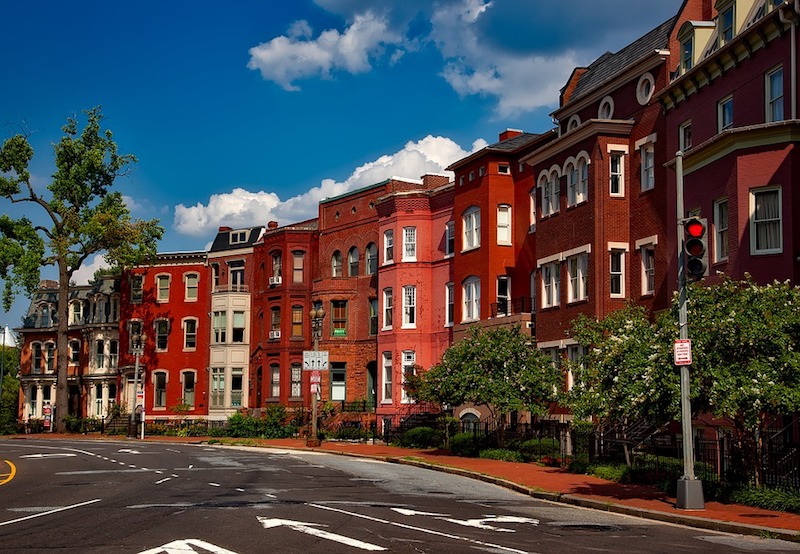A recent audit of Washington, D.C.’s First Source mandate that requires local workers be given employment preference on construction projects funded with tax dollars shows that the requirement is not being met.
According to a report in the Washington Times, contractors and developers are not meeting program guidelines, and that the Department of Employment Services (DOES) is not making sure that companies are in compliance. Companies constructing projects of $300,000 to $5 million are required to hire 51% local residents.
On projects valued at more than $5 million, contractors must meet a higher percentage of local workers in multiple categories. Construction industry groups say the program paperwork is too burdensome. They also contend there is a shortage of skilled workers within the District.
Lack of affordable housing is forcing the First Source-qualified employees that once lived in D.C. to move to the suburbs, contractors say.
Related Stories
Codes and Standards | May 18, 2020
Strategies to reduce personal contact in multifamily properties
Design can improve health amid COVID-19 pandemic.
Codes and Standards | May 18, 2020
Canada Green Building Council says building industry lacks zero-carbon skills, knowledge
Net-zero target requires shift in thinking and practices.
Codes and Standards | May 18, 2020
California’s grid can support all-electric buildings
Load-shifting will help reduce peak demand.
Codes and Standards | May 15, 2020
European cities to revamp transportation after pandemic reopening
Road closures, new rules for public transit will be imposed.
Codes and Standards | May 14, 2020
Washington State construction industry restart plan has three phases
In state with earliest COVID-19 cases, advisory group developing priorities based on risk.
Codes and Standards | May 14, 2020
More mass timber beam and column options available in the U.S.
Freres Lumber unveils new line of structural elements suitable for high-rise buildings.
Codes and Standards | May 13, 2020
Researchers flag insufficient training for construction workers on healthcare projects
May contribute to fungal disease outbreaks that endanger patients
Codes and Standards | May 8, 2020
New NIBS report evaluates natural disaster mitigation strategies
Document examines strengthening buildings for flood, wind, wildfires, and earthquakes.
Codes and Standards | May 6, 2020
A few ways contractors can manage COVID-19 risks
Staggered start times, rigorous tool cleaning, virtual training among the strategies.
Codes and Standards | May 5, 2020
NAHB loses influence in 2021 IECC building code development
Despite objections from the National Association of Home Builders (NAHB), the development of the 2021 International Energy Conservation Code (IECC) is nearing conclusion. NAHB objected to several more stringent energy efficiency provisions.

















